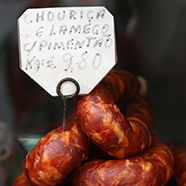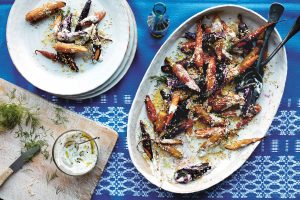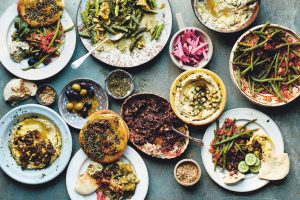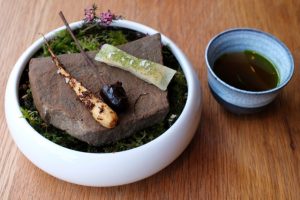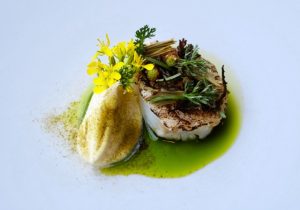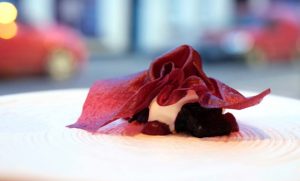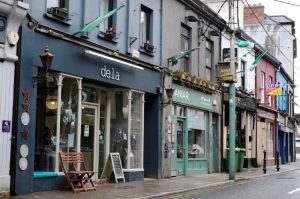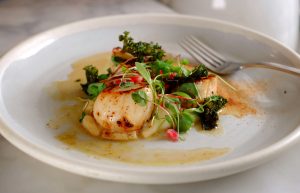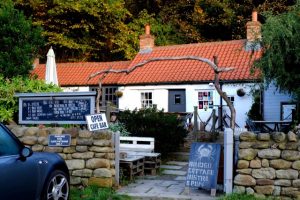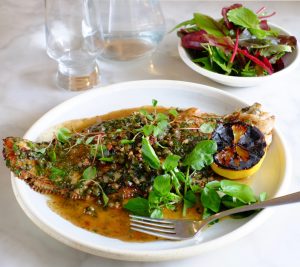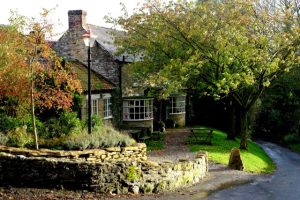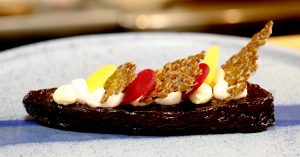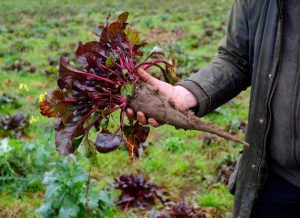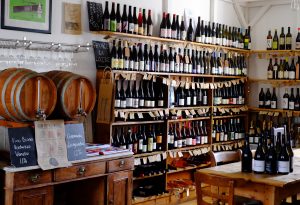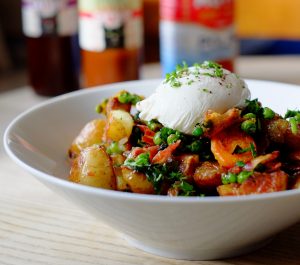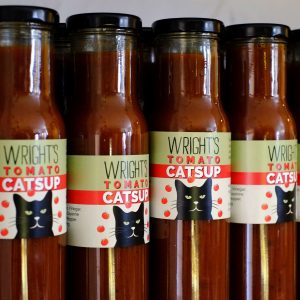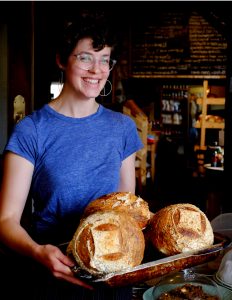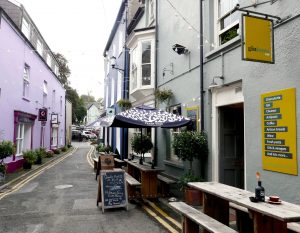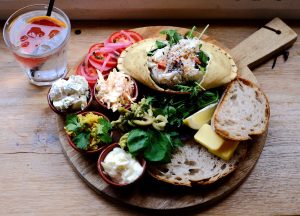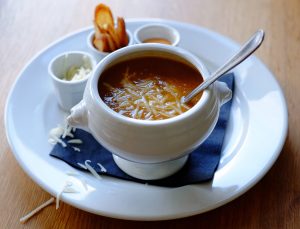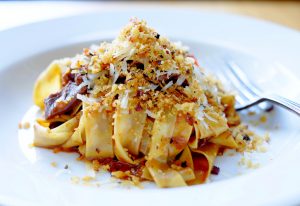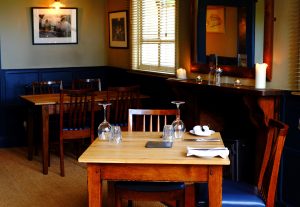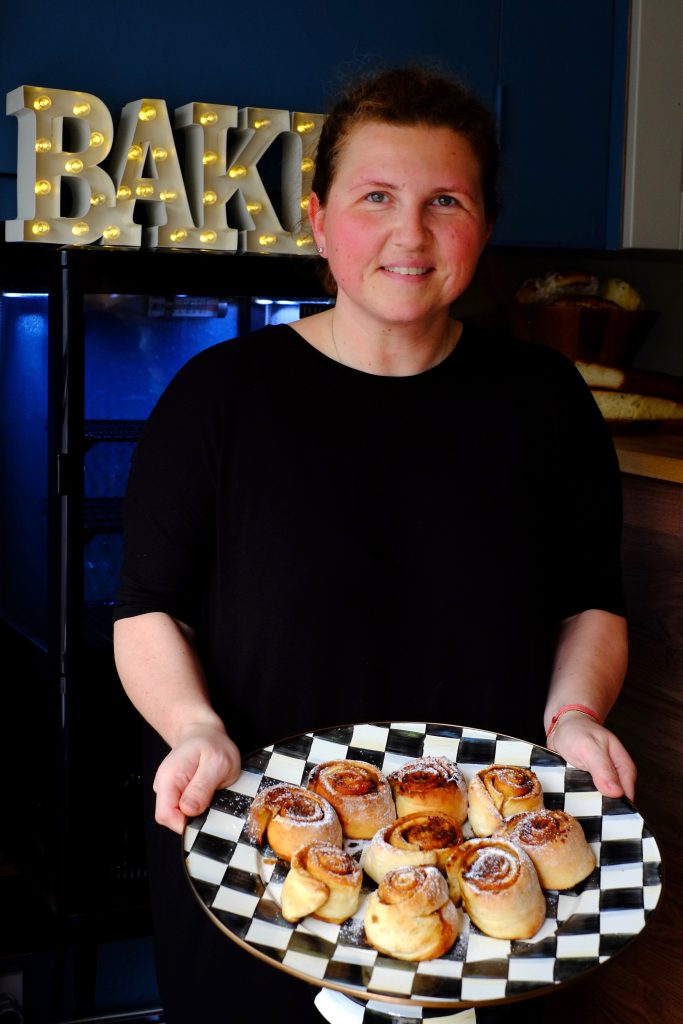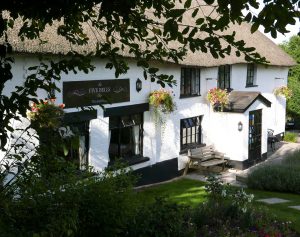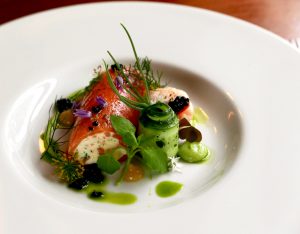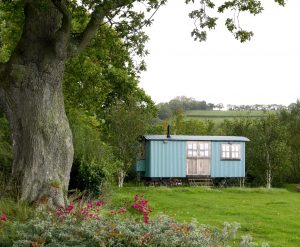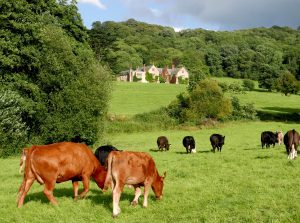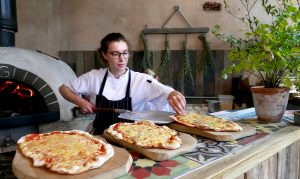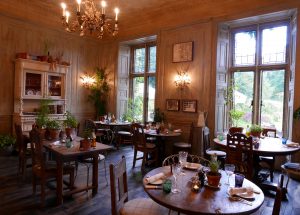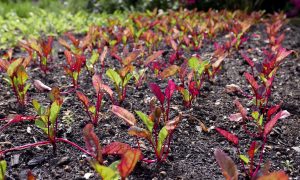All too often Palestine is in the news for its troubles, so it’s refreshing to see a cookbook celebrating its wonderful food. Zaitoun, written by award-winning food and travel writer Yasmin Khan, published this week, is a welcome celebration of the punchy flavours of Palestinian home cooking. (Zaitoun means ‘olive’, one of the key ingredients in the Palestinian kitchen).
Yasmin was born in London to a Pakistani father and an Iranian mother, and spent her childhood between the UK and Iran. Her previous (debut) cookbook, Saffron Tales, was named by The New York Times and The Wall Street Journal as one of the best cookbooks of 2016. As well as writing about food and cooking, Yasmin is a campaigner with special focus on the Middle East. Well acquainted with Palestine, Yasmin provides a window into everyday life there.
I love the simplicity of the recipes in this book, of which the roasted carrots (below) is a great example. Eminently doable, it’s the perfect dish to include at dinners outside on hot summer evenings. I also love the Roast cauliflower soup, and for pud, the Spiced pumpkin, olive oil and orange cake. A vibrant and carefully researched book about a part of the world that rarely gets a look-in.
Roast rainbow carrots with herbed yogurt
“This recipe is inspired by a meal I enjoyed at Tawla, a Palestinian-owned restaurant in San Francisco that serves up innovative and tasty adaptations of Eastern Mediterranean cuisine. Rainbow carrots are a particular addiction of mine and I adore how they brighten up my table with their purple and golden hues. If you can’t find any, fear not, regular carrots will do, just try and buy organic if you can as the taste is so much better. This salad is best made an hour or so in advance, then left to rest so the carrots soak up all the herby flavours from the dressing.”
Serves 4 as part of a spread
1kg mixed rainbow carrots (ideally purple, white and orange)
3 tablespoons extra virgin olive oil
sea salt and freshly ground black pepper
3 tablespoons natural yogurt
1 garlic clove, crushed
1 teaspoon finely chopped fresh dill, or ½ teaspoon dried dill
1 teaspoon dried mint
½ teaspoon nigella seeds
¾ teaspoon sesame seeds
Preheat the oven to 200°C/fan 180°C/Gas 6.
Peel the carrots and slice them diagonally into thick wedges. Toss them with 2 tablespoons of the extra virgin olive oil and 1/4 teaspoon salt and roast for 30–35 minutes, until they are tender, but still have some bite.
Meanwhile, whisk together all the remaining ingredients, except the seeds, (and not forgetting the final 1 tablespoon extra virgin olive oil) with 1/4 teaspoon each salt and pepper.
When the carrots are ready, transfer them to a serving dish and leave them to cool to room temperature. Pour over the yogurt dressing, mix well, then taste and adjust the seasoning. Scatter with the nigella and sesame seeds.
You can tuck in immediately or, for best results, cover and leave to rest for about 1 hour before serving.
From Zaitoun: Recipes and Stories from the Palestinian Kitchen by Yasmin Khan (Bloomsbury £26). Photography © Matt Russell




